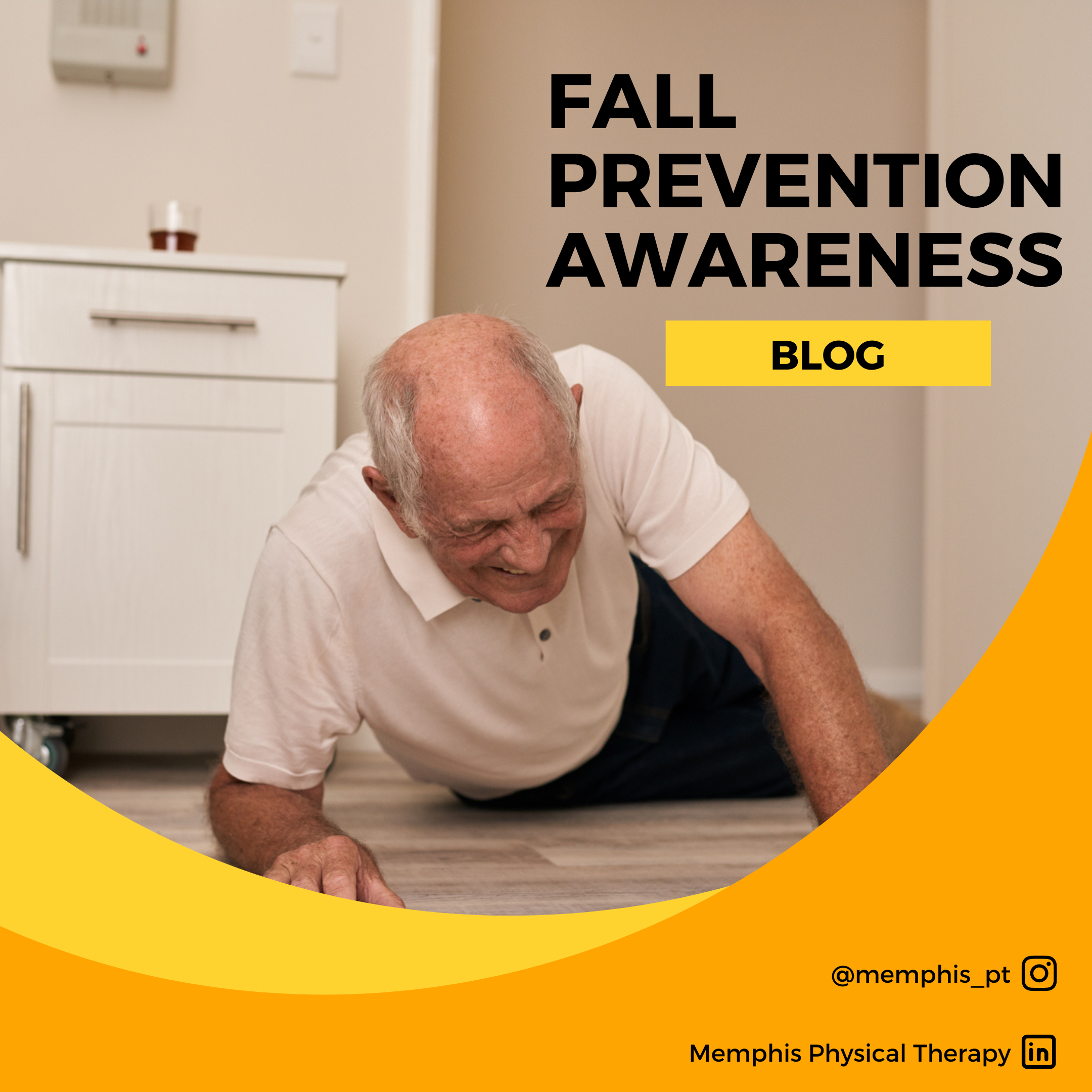
Fall Prevention Programs
Each year, millions of people suffer a fall. A fall can result in an injury and a decrease in your ability to do your everyday things. Most of the people who suffer from a fall are 65 and older. Falls can be life-threatening for older adults and can reduce their ability to remain independent. According to the CDC, 34,000 falls among adults 65 and older caused over 34,000 deaths in 2019, making it the leading cause of injury death for that group.
While falls can happen anywhere, more than half of them happen in an individual’s home. Suffering a fall, even inside your home can result in serious injuries. These injuries may be:
- Head injuries
- Broken bones
- Broken wrists, arms, or ankles
- Hip fractures
The most serious fall injury is a fractured or broken hip. More than 95% of hip fractures are caused by falling. It is very challenging to recover from a hip fracture and many people are unable to live independently after breaking or fracturing their hip.
How to Prevent Falls:
- Talk to your doctor so they can evaluate your risk of falling
- Do strengths and balance exercises to keep your muscles strong and enhance stability
- Get your eyes checked regularly
- Make your home safer by removing possible hazardous items that could make you trip and fall
Preventing Falls at Home
Furniture:
- move your furniture around to clear a path for you to walk.
- ask someone to help move the furniture if you can’t do it by yourself.
Throw Rugs:
- Remove throw rugs.
- use a non-slip backing or double-sided carpet tape to hold the rug in place.
Clutter:
- pick up things off the floor and try to keep floors clear.
- remove any clutter and obstacles in the path.
Cords & Wires:
- keep cords out of walkways, tape, and coil cords next to the wall.
- if possible, add new outlets near electrical devices.
Lighting:
- use light bulbs of proper & maximum wattage to provide good lighting.
- add overhead lights at the top and bottom of stairs and steps.
- use light switches that glow to aid in finding the light at night.
- be sure your bedside lamp is easy to reach or keep a flashlight next to your bed.
- add night lights between your bedroom and the bathroom.
Stairs & Steps:
- remove objects and keep steps clear of clutter.
- fix loose handrails or ask a professional to install new ones.
- if they are carpeted, make sure it is firmly attached to every step.
Frequently Used Items:
- store commonly used items within accessible reach.
- avoid placing frequently used items in places that are too high or too low.
Tub/Shower Floors:
- use a non-slip rubber mat or self-stick strips on the floor of the tub/shower.
- consider having grab bars professionally installed inside and next to the tub/shower and toilet. Or, use an elevated toilet seat.
- mount liquid soap and shampoo dispensers to the shower wall so you do not have to reach or bed for soap or shampoo.
Shoes:
- wear shoes that fit properly and that have non-slip soles.
Pets:
- if you own pets, be careful while walking. They can cause you to trip if you don’t see them.
- Talk to your healthcare provider
Your healthcare provider can evaluate your risks of falling and talk with you about specific things you can do to prevent them.
You can also prevent a fall by seeing a physical therapist.
To read more about how you can prevent falls click here.
Physical Therapy for Fall Prevention:
Our physical therapist will implement a regiment to help patients sustain a fall. They use reliable assessments to identify all the contributing factors to each individual’s fall. The goal of physical therapy is to lower the risk of falls. The fall prevention programs will help increase independence to get you back to doing your daily activities. Our physical therapist will also help their patients by educating them to prevent falls in the future. Fall prevention programs will meet the needs of our patients while giving them desired results, and the support they need to achieve and continue living the independent life they deserve.
Benefits of Fall Prevention Programs:
- Increase independence for daily living activities
- Increase independence with functional mobility
- Decrease fall risk
- Prevent future falls
- Increase safety
Once you fall, your odds of falling again are doubled. So, don’t make the same mistake twice, and don’t live your life with the fear of losing your independence because of falling. By taking the right precautions and visiting a physical therapist, you can better prevent yourself from suffering a fall. Visit us today to learn how you can reduce the chance of falling or how you can help a loved one prevent a fall.
